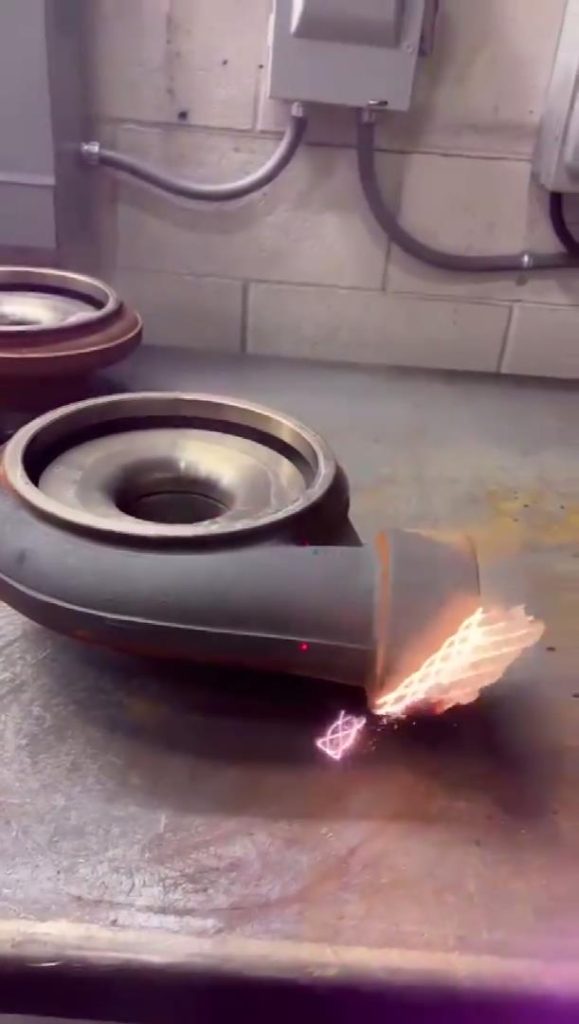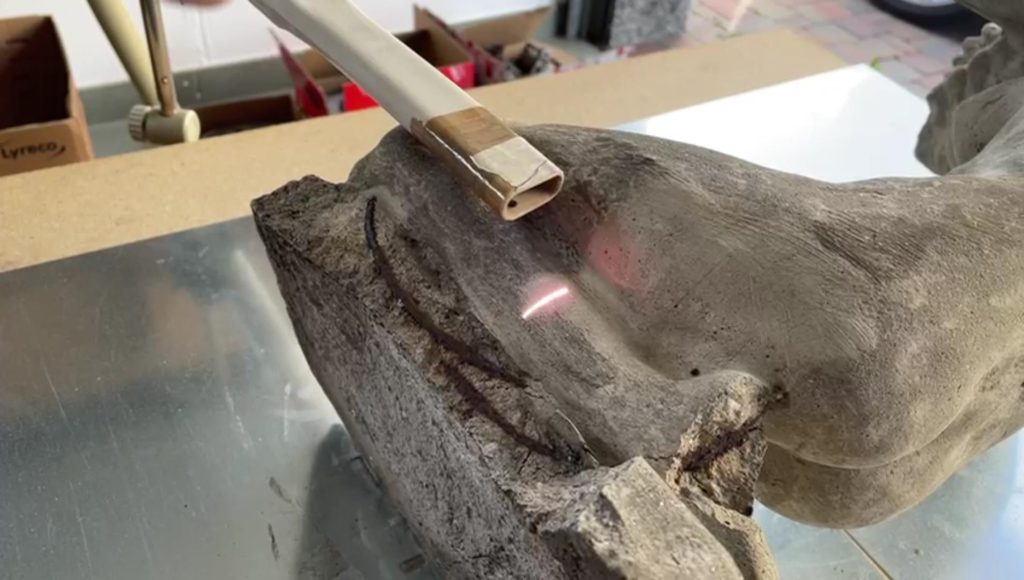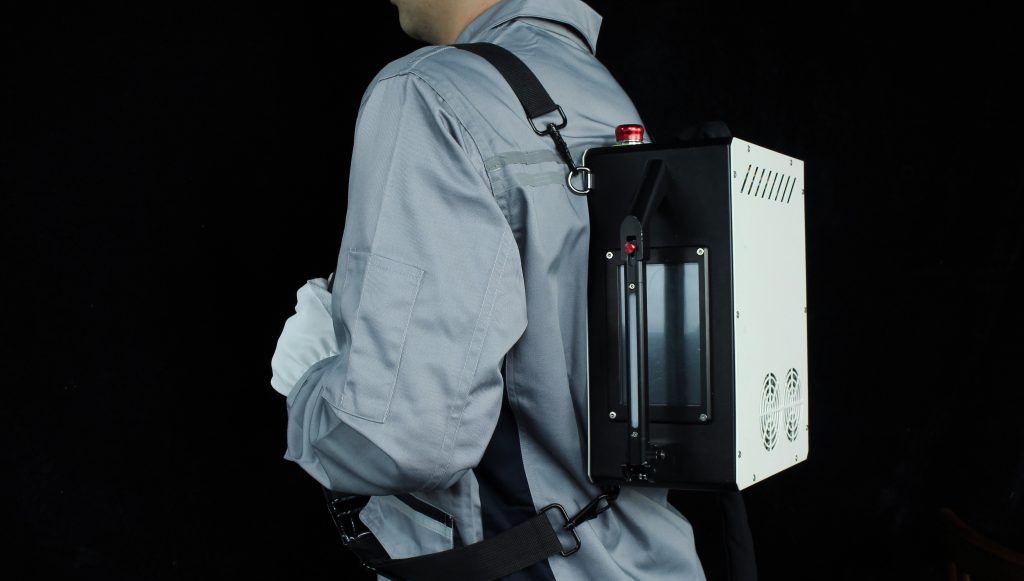With the continuous advancement of science and technology, the traditional way of cleaning cultural relics can no longer meet the needs of modernization. In order to better protect the precious cultural heritage, the Hercules laser cleaning machine came into being. This article will introduce the features and functions of the Hercules-style laser cleaner and how it cleans gently.

Ultrashort pulse, ultra-high frequency miniature fiber lasers
The Hercules laser cleaning machine uses ultra-short pulse, ultra-high frequency micro fiber lasers, which makes the cleaning process more efficient and precise. Ultrashort pulsed lasers are able to release high energy in a very short period of time, thereby removing dirt and contaminants from the surface of artefacts. The use of ultra-high frequency micro fiber lasers makes the cleaning machine more compact and lightweight, and can easily clean all corners of cultural relics.
Ultra-wide cleaning mode to improve laser cleaning efficiency
The Hercules laser cleaner has an ultra-wide cleaning mode to cover a wider working area. This means that there is no need to move the equipment frequently when cleaning the artefacts, which improves the cleaning efficiency. The Hercules laser cleaning machine can also monitor the working time in real time to ensure the accuracy of the cleaning process and the stable operation for a long time.
Cleans over long distances to reduce scattering
Traditional cleaning methods often produce scattered materials such as smoke and dust, which brings difficulties and risks to the cleaning of cultural relics. The Hercules laser cleaning machine can reduce the generation of scattered objects and protect the integrity of the surface of cultural relics through long-distance cleaning. This ensures that the original appearance of the artifact is preserved, while also reducing the pollution to the surrounding environment.
Green and environmentally friendly cleaning method, no chemicals and other media
Compared with the traditional cleaning method, the Hercules laser cleaning machine adopts a green and environmentally friendly cleaning method. In the cleaning process, there is no need to use chemicals and other media, which reduces the pollution to the environment and also reduces the risk of damage to the cultural relics themselves. This cleaning method is safe and sustainable, and meets the requirements of modern heritage preservation.
Independent high-precision cooling system to ensure the stable operation of the equipment
The Hercules laser cleaning machine is equipped with an independent high-precision cooling system, which can effectively control the temperature of the equipment. This not only ensures the stable operation of the equipment, but also prolongs the service life of the equipment. The high-precision design of the cooling system can provide a stable working environment during the cleaning process and ensure the consistency and reliability of the laser cleaning effect.
High integration, small footprint, easy to move and operate
The Hercules laser cleaning machine has the characteristics of high integration, and the whole equipment is small in size and occupies less space. This makes the washing machine more convenient in actual operation, and can be easily moved next to the artifacts that need to be cleaned for delicate cleaning work. Its flexibility and portability are important for the preservation of artifacts of all sizes and shapes.
As a new technology for cultural relics protection, Hercules laser cleaning machine has the functions of ultra-short pulse, ultra-high frequency micro fiber laser, ultra-wide cleaning mode, real-time monitoring of working hours, super water cooling technology, and multi-directional safe operation protection, providing an effective solution for the gentle cleaning of cultural relics. Its independent high-precision cooling system, high integration and small footprint make the operation of the equipment more stable and more convenient. With its green and environmental protection characteristics, Hercules laser cleaning machine has made an important contribution to the protection of cultural relics.





